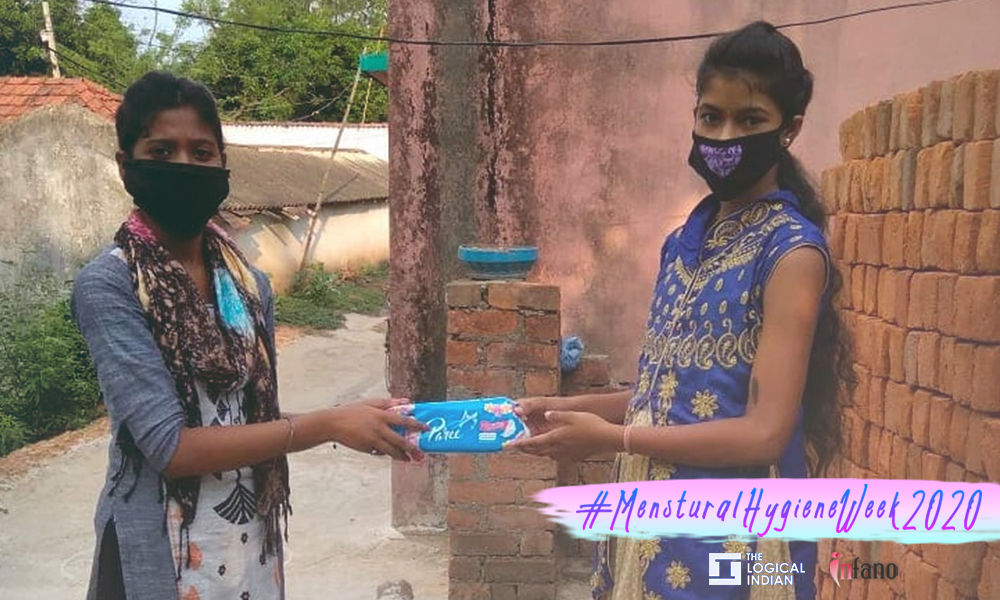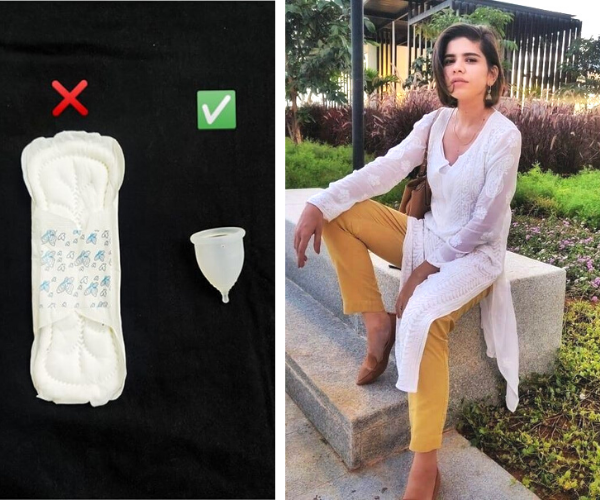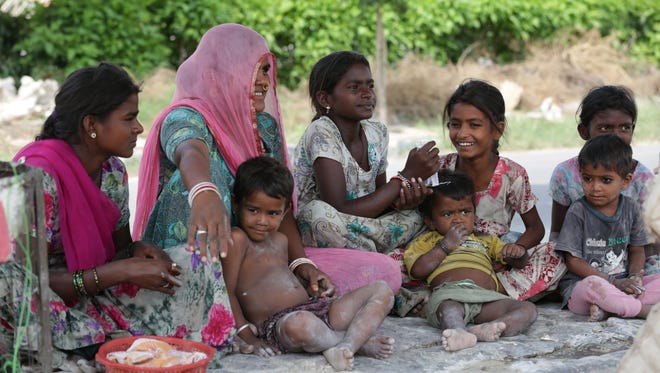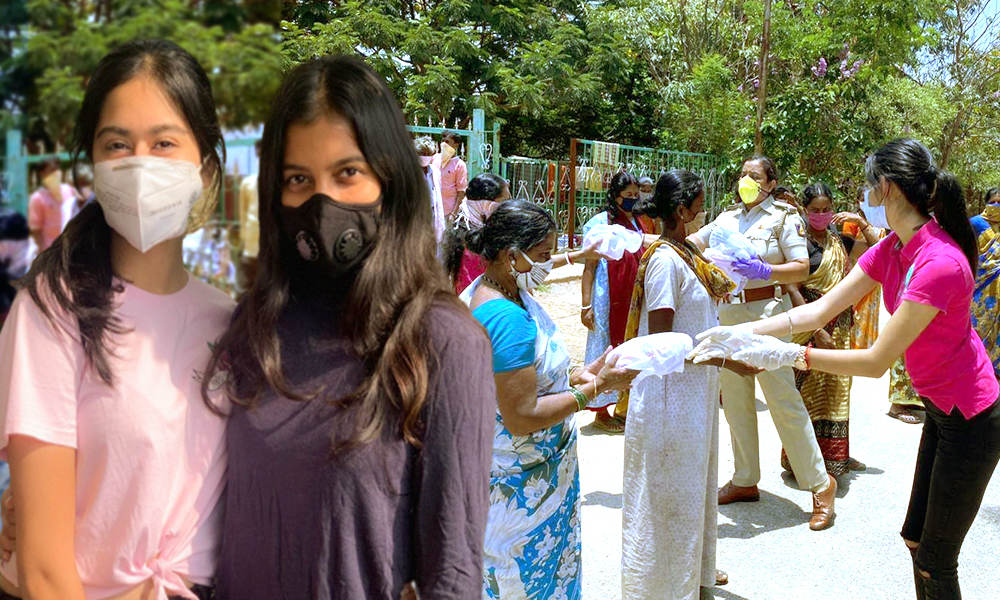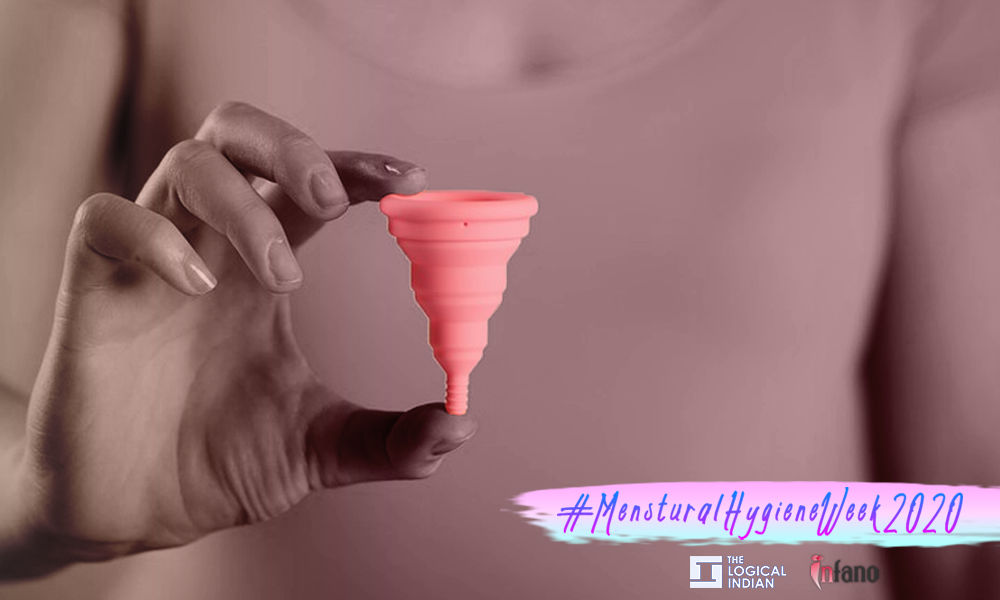Women in rural India have been resorting to their own ways for many years. There are methods that are different from what we are familiar with. Sinu Joseph of ‘Mythri Speaks’ gives us an insight into menstrual practices in rural India.
The narrative on menstruation is changing and more awareness is being created on this topic to help first time bleeders understand the concept. The urban narrative on this topic is often laced with the word’s stigma, taboo, pain, traditional / cultural practices and the like which often create a negative attitude towards it. But is it the same rurally?
Sinu Joseph, founder of the NGO Mythri Speaks, disagrees there is a stigma surrounding menstruation. “From my observations on interacting with women across different sections of society and various communities across India, I have found that the attitude towards menstruation has turned negative or indifferent as women moved away from culturally centered ideas of menstruation”. Sinu learnt that rural and tribal women who have not been through a formal education system or have had minimal exposure to urban way of living, exhibit a positive and sometimes (seemingly) exaggerated enthusiasm towards menstruation as nature’s gift to women.
“My observation on the variations in attitude towards menstruation was corroborated when my team and I undertook a study (unpublished) of 1035 women across four districts in Karnataka, We found that overall 57.77% of those interviewed felt positive about menstruation, 23.38% felt indifferent and 18.84% had a negative attitude towards menstruation. Majority of women interviewed expressed a positive outlook towards menstruation, breaking the stereotypical assumption that Indian women associate shame with menstruation”, says Sinu.
Rural women would often smile, sometimes feel shy, but mostly say that menstruation was a positive occurrence in their life. In stark contrast, the urban women I interviewed would arrogantly shoot back a question asking ‘why on earth would anyone feel positive towards menstruation?’
“Stepping aside from the popular narratives which focus on menstrual products, our work has explored native methods and cultural practices around menstruation”, reveals Sinu.
Mythri Speaks has been dedicated to the cause of propagating women’s issues since 2014, and has earned its reputation as a grass-root development organization, based in Karnataka. With menstrual & reproductive health being one of its important programs, the organization has oriented thousands of rural adolescent girls and women through awareness workshops, across the states of Karnataka, Jharkhand, Bihar, Assam, Meghalaya, Manipur, and Tamil Nadu.
Taking a cue from her own unawareness and ignorance about menstruation in her teens and left with many unanswered questions, Sinu thought it was important to propagate menstrual awareness among girls and boys to help them understand it better.
Their Animation film ‘Mythri’ on menstruation, has reached over 4 million adolescent girls in government schools. Their content is available free of cost in 9 languages and has been used by governments, educators, researchers, NGOs, medical professionals and others.
Over the years, Sinu has worked extensively in this sphere. When it comes to picking the right sanitary product, she believes, “Women are sensible enough to make the right choices according to their circumstances”. Her experience and studies has made her realize that menstrual hygiene is important but at the same time, this can be maintained by various sanitary products. Studies show that linking menstrual hygiene to cervical cancer or any other menstrual disorder is a myth.
“The only thing bad menstrual hygiene can give you is a bacterial infection”, she says. Women in rural India have been resorting to their own ways for many years. “You should keep an open mind when you come across methods that are different from what you are familiar with. The focus should be on whether or not women are being affected by the method they follow rather than force them to change practices just for the sake of social engineering.”
Traditionally, Indian women used cotton cloth during menstruation, because they preferred it and not because of reasons such as inability to afford sanitary napkins or non-availability of such products. Even now, many women in India prefer cloth to any other commercially available menstrual product. It is necessary to understand why they have such a preference, especially when products such as sanitary napkins and tampons offer extra-long protection and lesser chances of staining.
Rural women have certain challenges while using sanitary products- main being its disposal. Cloth, therefore, becomes their most preferred option. In cases where women might complain of rashes, we must enquire about the type of cloth they use, the frequency of changing, the method of washing, drying and storing cloth. Knowledge on proper use can be given if we find that some of the practices might be causing problems. In some villages in Karnataka, women can now purchase a red cloth called “Date Batte” (Date refers to periods, and Batte means cloth) from the grocery shops. This is a soft cloth, quite suitable for menstrual blood absorption. Cloth pads are another option provided women use loose cloth that can be opened and dried in the sun. The stitched cloth pads being sold by NGOs might cause more problems because they cannot be opened up and exposed to full sunlight.
Tampons and menstrual cups require insertion of the product into the vagina using hands, it is necessary that high levels of hygiene and cleanliness is maintained. Most girls and women in villages do a lot of physical work with their hands – tilling the land, sowing seeds, harvesting crops, milking and bathing cattle, feeding animals, etc. As a result their hands are not the most clean and usually carry germs/bacteria. And this can be a concern.
Nowadays, small scale sanitary napkin manufacturing units have sprung up in rural areas. Such units promote the idea of locally manufactured low cost sanitary napkins as well as generate employment opportunities. “But these sanitary napkins crumble easily, are of poor quality and not much cheaper than existing commercial ones”, says Sinu. Also, very often the standards and tests prescribed by the Bureau of Indian Standards for Sanitary Napkins are not even assessed. Basic hygiene standards and sanitization of the product are not followed in the small-scale manufacturing units.
“We have come across quite a few women in villages who do not use any of the above products and bleed freely”, she says. “The women who bleed freely sometimes wear two undergarments, while some others use two underskirts and keep wiping the trickling blood with the skirts”.
Poor hygiene might result in rashes and bacterial infection and could cause a problem with white discharge. However, most menstrual disorders like dysmenorrhea, menorrhagia, PCOS, endometriosis, amenorrhea, etc. have no proven connection to poor hygiene. With every product, there is a possible chance of bacterial infection if not used correctly. “Dismissing a product or promoting another is no guarantee of preventing rashes and infection. Instead, knowledge on the right way of using a product needs to be shared”, she adds.




